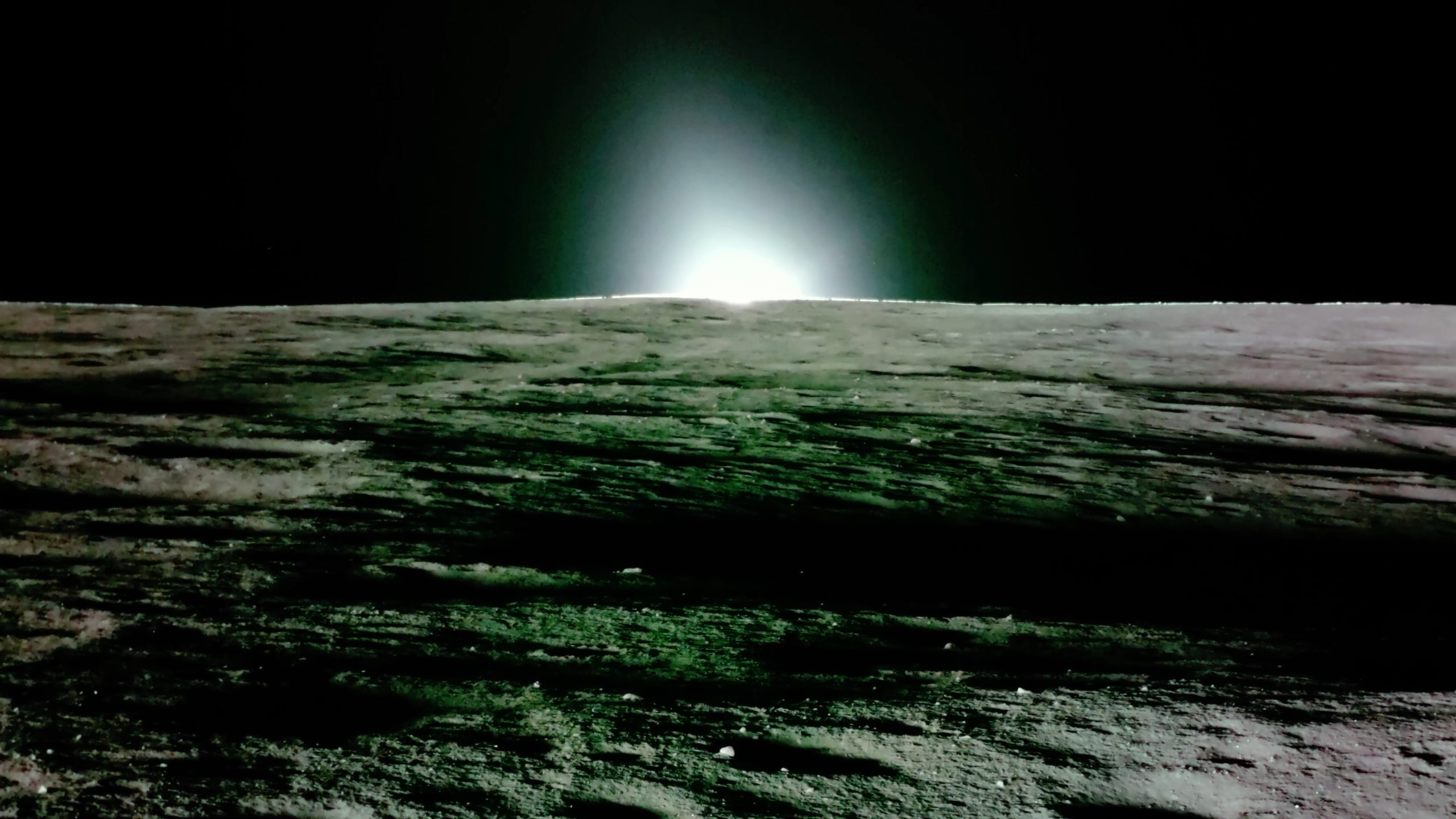To explore the unknown in deep space, millions of miles away from Earth, it’s crucial for spacecraft to have ample power. NASA’s radioisotope power systems (RPS) are a viable option for these missions and have been used for over 60 years, including for the agency’s Voyager spacecraft and Perseverance Mars rover. These nuclear batteries provide long-term electrical power for spacecraft and science instruments using heat produced by the natural radioactive decay of radioisotopes. Now, NASA is testing a new type of RPS heat source fuel that could become an additional option for future long-duration journeys to extreme environments.
Historically, the radioisotope plutonium-238 (plutonium oxide) has been NASA’s RPS heat source fuel of choice, but americium-241 has been a source of interest for the past two decades in Europe. In January, the Thermal Energy Conversion Branch at NASA’s Glenn Research Center in Cleveland and the University of Leicester, based in the United Kingdom, partnered through an agreement to put this new option to the test.
One method to generate electricity from radioisotope heat sources is the free-piston Stirling convertor. This is a heat engine that converts thermal energy into electrical energy. However, instead of a crankshaft to extract power, pistons float freely within the engine. It could operate for decades continuously without wear, as it does not have piston rings or rotating bearings that will eventually wear out. Thus, a Stirling convertor could generate more energy, allowing more time for exploration in deep space. Researchers from the University of Leicester — who have been leaders in the development of americium RPS and heater units for more than 15 years — and NASA worked to test the capabilities of a Stirling generator testbed powered by two electrically heated americium-241 heat source simulators.
“The concept started as just a design, and we took it all the way to the prototype level: something close to a flight version of the generator,” said Salvatore Oriti, mechanical engineer at Glenn. “The more impressive part is how quickly and inexpensively we got it done, only made possible by a great synergy between the NASA and University of Leicester teams. We were on the same wavelength and shared the same mindset.”
The university provided the heat source simulators and generator housing. The heat source simulator is the exact size and shape of their real americium-241 heat source, but it uses embedded electric heaters to create an equivalent amount of heat to simulate the decay of americium fuel and therefore drive generator operation. The Stirling Research Lab at Glenn provided the test station, Stirling convertor hardware, and support equipment.
“A particular highlight of this (testbed) design is that it is capable of withstanding a failed Stirling convertor without a loss of electrical power,” said Hannah Sargeant, research fellow at the University of Leicester. “This feature was demonstrated successfully in the test campaign and highlights the robustness and reliability of an Americium-Radioisotope Stirling Generator for potential future spaceflight missions, including long-duration missions that could operate for many decades.”
The test proved the viability of an americium-fueled Stirling RPS, and performance and efficiency targets were successfully met. As for what’s next, the Glenn team is pursuing the next version of the testbed that will be lower mass, higher fidelity, and undergo further environmental testing.
“I was very pleased with how smoothly everything went,” Oriti said of the test results. “Usually in my experience, you don’t accomplish everything you set out to, but we did that and more. We plan to continue that level of success in the future.”




